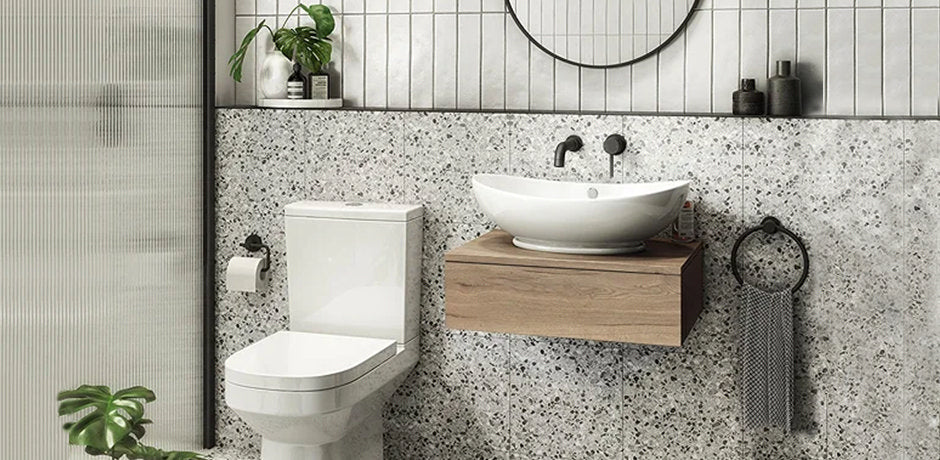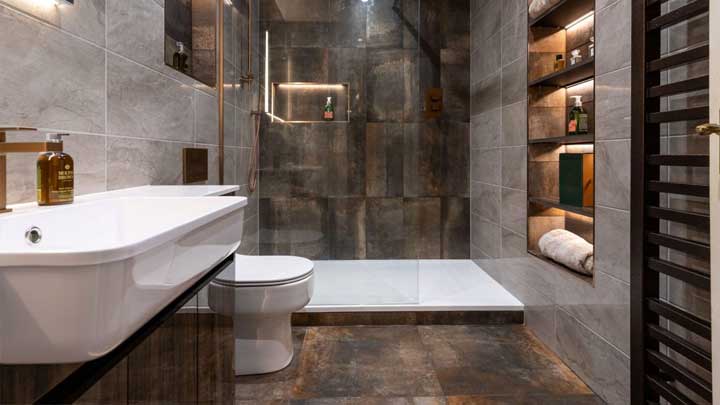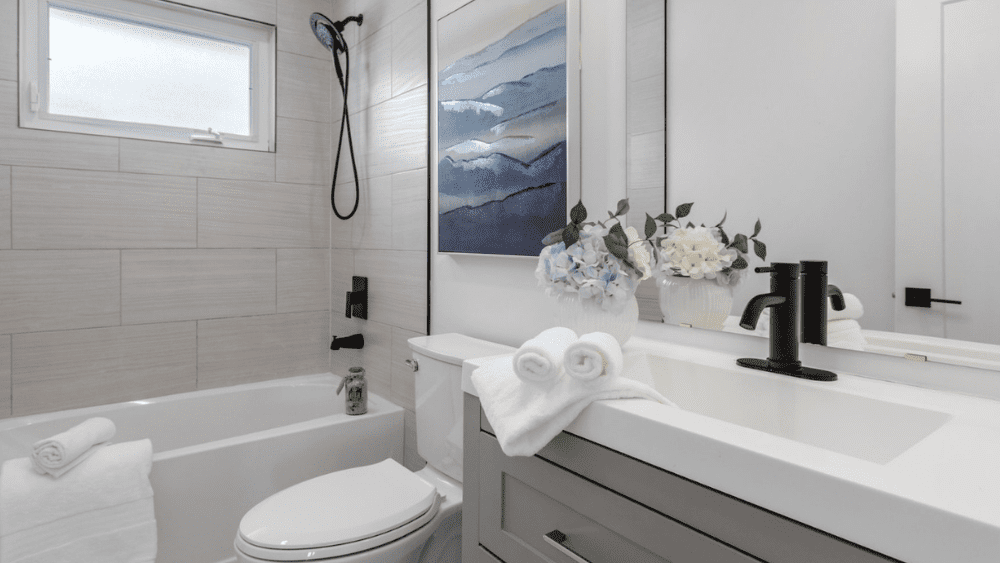
Top Water-Saving Toilets for Eco-Conscious Tech Lovers
Share
As we strive for sustainability in our everyday lives, the popularity of water-saving toilets is growing, particularly among tech enthusiasts and professionals. Innovations have transformed toilets from mere necessities into advanced devices that not only help conserve water but also lower utility expenses.

Why Water-Saving Toilets Matter
Water conservation is essential in a world grappling with dwindling water resources. Conventional toilets can waste up to 7 gallons per flush, significantly contributing to overall water usage. However, the best water-saving toilets harness cutting-edge technology to minimize water consumption while ensuring optimal efficiency.
Exciting Innovations in Water-Saving Toilets
Recent advancements have created toilets that utilize less than 1.28 gallons per flush. Models featuring dual-flush systems provide two flushing options: one for liquid waste and a stronger flush for solid waste. This functionality empowers users to minimize water usage with each bathroom visit.
Integration of Smart Technologies
For the tech-savvy individuals, smart toilets represent an ideal choice. Equipped with integrated sensors, self-cleaning capabilities, and smartphone connectivity, these toilets elevate the bathroom experience. A standout model, the Toto Neorest, merges luxury with eco-consciousness, delivering a premium experience with minimal water impact.
How to Select the Best Water-Saving Toilet
Here are some factors to consider when choosing a water-saving toilet:
- Flush Efficiency: Opt for toilets with the WaterSense label, signifying compliance with EPA water efficiency standards.
- Design and Comfort: Make sure the toilet offers comfort and complements your bathrooms design.
- Smart Features: Look for options that enhance convenience and comfort, such as heated seats and automatic flushing.
For further insights into water-efficient toilets, explore the benefits of water-efficient toilets.
Environmental and Financial Gains
Transitioning to a water-saving toilet not only aids in conserving water but can also lead to notable savings on your water bill. According to the EPA, households can save up to $110 a year by switching to a WaterSense labeled toilet. These financial savings can accumulate over time, offsetting the initial purchase cost.
Installation and Upkeep
Installing a water-saving toilet is generally a straightforward process and can be tackled as a DIY project for those familiar with plumbing. However, hiring a professional can ensure a smooth installation. Regular maintenance, such as checking for leaks and verifying that the flushing mechanism is working properly, will optimize the toilet's longevity and efficiency.
For more on low-flow toilets, check out This Old House's guide.
Case Study: The Impact of Smart Toilets
Consider a tech startup that recently upgraded its office bathrooms with smart, water-saving toilets. Not only did they experience lower water bills, but the modern features also enhanced employee satisfaction, aligning with their sustainability objectives. This shift illustrates how choosing the best water-saving toilets can positively affect environmental conservation and workplace morale.
Discover more about the advantages of high-efficiency toilets.
Conclusion
Integrating a water-saving toilet into your living or working space is a significant step toward sustainability. With a variety of choices ranging from basic low-flush models to sophisticated smart toilets, there is an option suited for every requirement and budget. By selecting a toilet that conserves water, you not only contribute to environmental sustainability but also enjoy enduring financial benefits.
For more tips on optimizing water efficiency in your home, check out our article on home water efficiency.

FAQ
Are water-saving toilets effective?
Absolutely, water-saving toilets effectively reduce water usage without sacrificing performance. They are engineered to flush efficiently with less water, offering both environmental and monetary benefits.
How much water can I save with a water-saving toilet?
Switching to a water-saving toilet can save a family of four up to 16,500 gallons of water every year, leading to significant reductions in water bills.
Are there any downsides to water-saving toilets?
While water-saving toilets are highly efficient, some models may carry a higher initial price tag. However, the long-term savings on water bills, alongside the positive impact on the environment, often outweigh the initial investment.
Additionally, to enhance your understanding of water conservation strategies, you can read about green home water sensors and their role in an eco-friendly lifestyle. Explore how these devices can aid in leak detection and ultimately lead to smarter water usage.
This article contains affiliate links. We may earn a commission at no extra cost to you.
